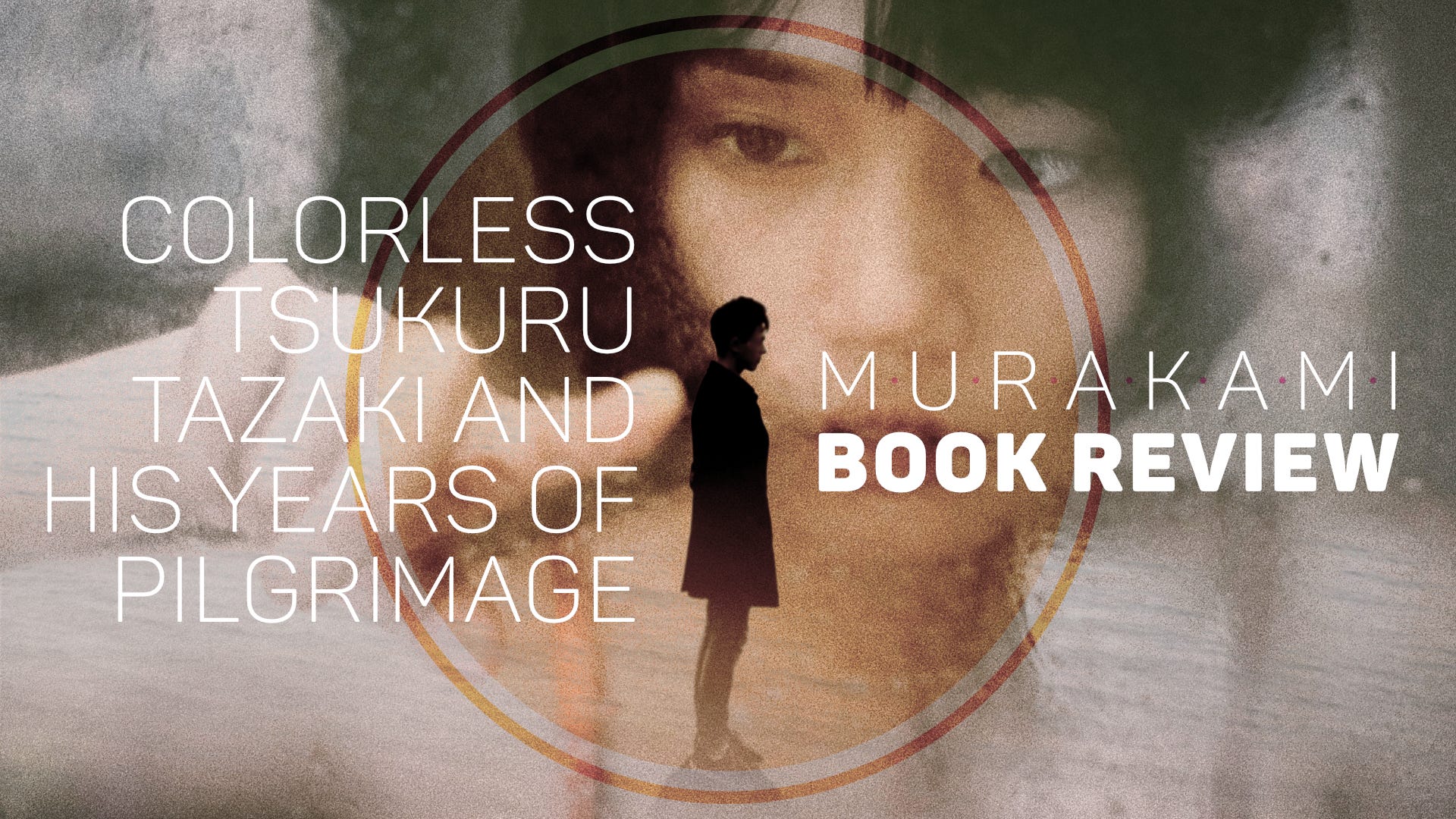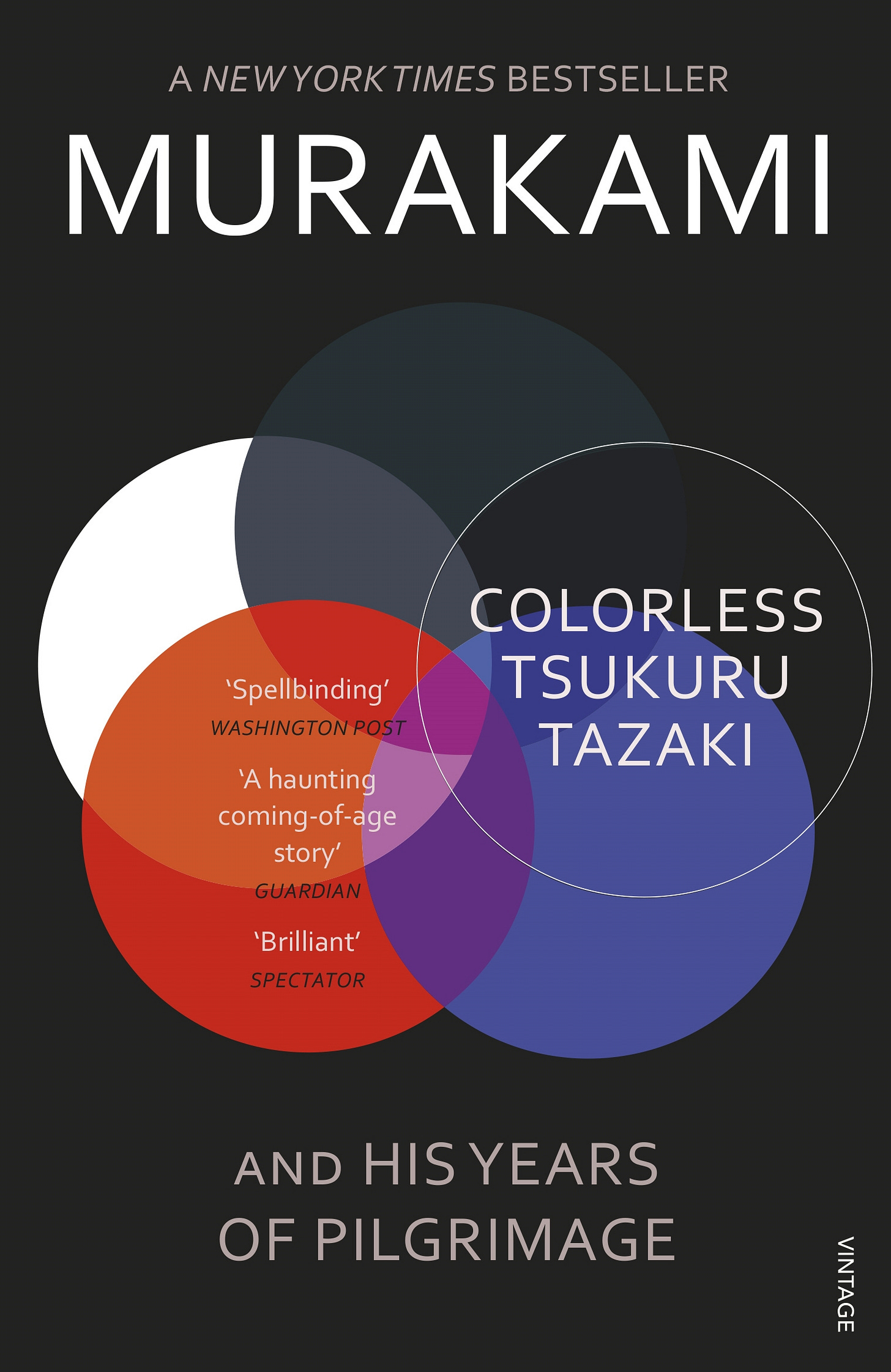Colorless Tsukuru Tazaki: A Book Review
Haruki Murakami is not just an enjoyable set of vowels and consonants to say out loud, it is also the name of a popular author of contemporary fiction.
Fans often cite Colorless Tsukuru... as their favourite Murakami book and I can see why. Of those I’ve read, this fits most pleasingly in the hand. Size-wise, heft-wise, it’s faultless; zero strain from page one to the last. Vintage paperbacks are known for their floppy-yet-sound construction, and this one is no different—for no one likes overly stiff binding that feels like you’re as much battling in Ju-Jitsu as reading.
The paper is light tan. It’s both easy on the eyes and has a nice texture, not overly smooth, so your bookmark won’t slip out on a pilgrimage of its own.
Despite its title, there are a few colours on the jacket: a Venn diagram, no less. But it’s OK because the circle containing the words “Colorless Tsukuru Tazaki” is transparent (i.e. no colour; colourless even) so it’s not false advertising.
The diagram is meant to convey that, while Tsukuru Tazaki is colour-less, there are those around him who do have colour. Colour here is used as a metaphor for personality (as in someone possessing or not possessing “a colourful personality”), it’s not a race thing. Supporting characters’ names, I once read somewhere, are the words for colours in Japanese as well. So this book has many levels to it.
One has to admire Murakami for writing such a protagonist. Frankly, there are too many books with interesting and memorable characters. It’s been done to death.
Another circle is red (back to the diagram). There is also one purple, one black and one white. Originally the background for the hardback was white, whereas the paperback edition is black. The black circle remains black on the paperback edition, making it sort of invisible. Black, also—if we're to get into the weeds of colour theory—is not a true colour, but the absence of colour. White, by contrast, is all colours in equal measure. So it could be said that the black circle is just as colourless as the transparent one, only in a different way.
It makes you think, doesn’t it?—and that’s what great literature’s all about.




